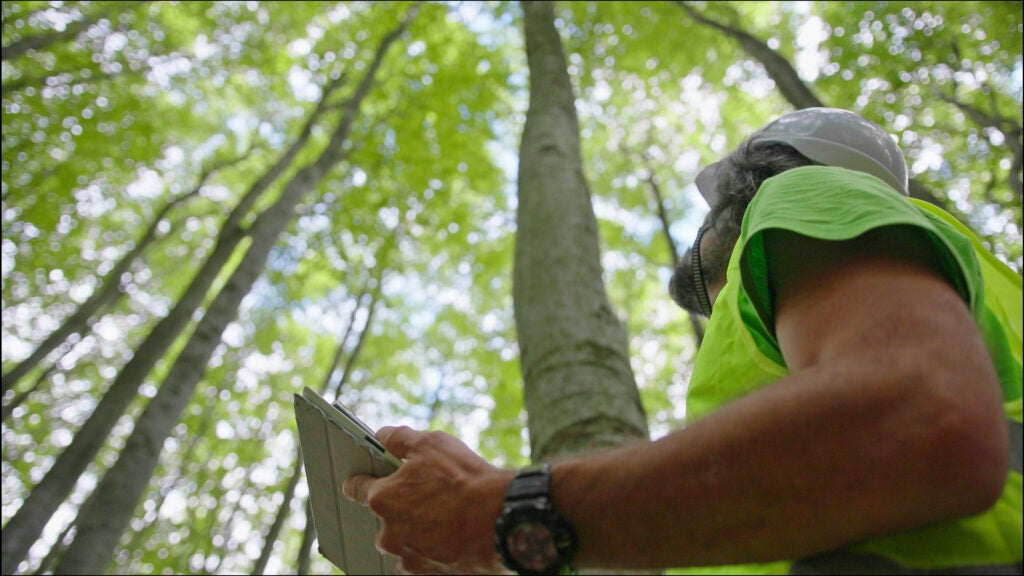Strong scientific foundations, as well as strong science-based markets, make successful nature-based climate solutions possible

This post is authored by Brian Buma, Senior Climate Scienist, Environmental Defense Fund.
Nature is vital to our success in fighting climate change and its real-world impacts. To unlock nature’s climate potential, we need investments to go to impactful nature-based climate solutions (NbCS), which refer to strategies to conserve, restore or improve the management of natural and working ecosystems for their climate benefits.
However, in a research paper recently published by myself and others, we found markets for NbCS were getting ahead of the science. In particular, we found many NbCS where carbon crediting was proposed or implemented had questionable scientific foundations.
We need NbCS to work, and we’re spending tens of millions in the hopes they do. Yet as our study shows, questions remain on how we can achieve the best ground-level outcomes and maximize the enormous potential of these solutions to lower greenhouse gas concentrations.
To illustrate how NbCS can work successfully, we need to look at science and implementation and understand how these two key components are different, but also interconnected.
Let’s start by thinking about your car.
You bought that car to get from point A to point B. That system works because of two independent things: The engineering and scientific knowledge to build a functional car is one; your skills driving that car is the other. Both are vital. A poorly designed engine fails regardless of your driving abilities; a poor driver can cause an accident despite having a reliable vehicle.
Creating a reliable and functioning vehicle was a tricky scientific and engineering question. We slowly generated the knowledge to convert the chemistry of oil into movement via pistons and iron, a process which “almost miraculously transforms heat released by burning fuel into the smooth motion of the vehicle.”
NbCS pathways similarly start as scientific challenges. We need to build the knowledge to measure how our actions on a plot of ground translate into a potential impact on global heat balance. These are often quite tricky questions. Can we convert measurements of trees into reasonably accurate carbon estimates? Can we quantify sunlight reflected into space when the darker green of forests gets converted to pale yellow croplands? Can we estimate the likelihood of a fire?
Vast amounts of work have gone into these questions. In some cases, like forestry, this skill is built on centuries of measurements. The good news is that, like engines, we can reliably quantify the climate impact of our actions for some systems like tropical rainforests. Other questions include how long that carbon may last (durability), the likelihood carbon conservation will cause other losses elsewhere (leakage), or how much additional carbon is sequestered beyond what would happen naturally (additionality of action). These are tractable questions, and we have the scientific understanding to provide confidence in the foundation — the engine — of some NbCS systems.
However, many of the current concerns about NbCS in action are not about the reliability of the engine but the responsibility of the driver. Implementing NbCS – for example through the sale of carbon credits – is not fundamentally a scientific question. The reports raising concerns on various NbCS projects have focused on the implementation, not the underlying science. In other words, even with the best vehicle under our feet, distracted driving can lead to a crash.
In other cases, as we show in our study, ecosystems where science is not settled are being put forth as viable NbCS pathways. The engines aren’t developed yet, we are not quite sure if they are reliable, but we want to push them forward regardless. More research is needed before we start depending on those pathways. Recognition of this distinction and where things go wrong – implementation vs. basic science – leads to different solutions. If the challenge is science, then methods for carbon estimation or durability or baseline growth need to be improved. Those methods need to be transparent, repeatable, and based on publicly available data.
If the challenge is implementation, the solution is different. Best practices should be followed. Guardrails built. Organizations around the world (including Environmental Defense Fund) are working to develop high quality criteria and guidance for to provide confidence that projects are not only rooted in good science, but that knowledge is being implemented well.
For more on this study, read the blogs












